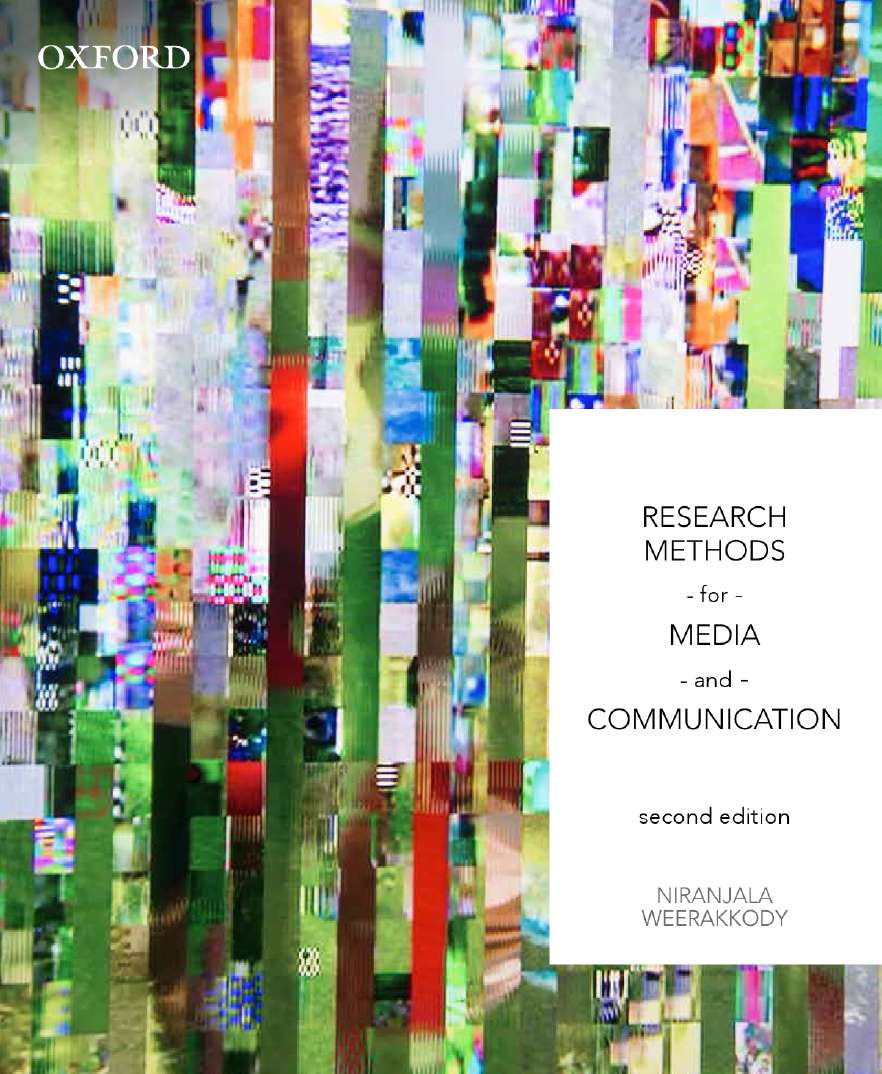Part 1: General Introduction
1. The Research Process
Research and Critical Thinking
Types of Research
What is a Theory?
Types of Theories
The Criteria of a Good Theory
Theory, Research and Practice
The ‘Ways of Knowing’
The Research Process
Epistemologies, Theoretical Perspectives, Methodologies and Methods
Types of Epistemologies
Applications of Epistemology, Theoretical Perspectives, Methodologies and Methods in Research Projects
2. Theoretical Paradigms and Concepts
Goals of Research
Theoretical Perspectives (Research Paradigms)
What is a Paradigm?
The Basic Paradigms
A Summary of Theoretical Paradigms
Multi-Method Research
Methodological Triangulation
Concepts and Constructs
The Systems of Logic in Scientific Reasoning
3. From Choosing a Topic to Writing Scholarly Reports
Selecting and Narrowing the Topic
Selecting a Research Topic or Problem
Narrowing the Topic Area
What Next?
Other Factors to Consider
The Literature Review
The Unit of Analysis
Orientation in Time and Space
Choosing Suitable Methodologies and Data Collection Methods
Writing a Scholarly Research Proposal and Report
Writing a Research Proposal
4. Writing Research Reports for Non-academic Settings
Characteristics of Effective Reports
Writing a Research Report
Planning to Write the Report
The Report and its Parts
Matters of Format and Style in Writing Research Reports
Polishing the Final Product
5. Research Ethics in Media and Communication
Ethical Behaviour
What are Research Ethics?
‘Ghosts’ from the Past
Ethical Issues in the Research Process
Ethical Issues in the Process of Conducting Research
Ethical Issues Arising During the Analysis of Data and Reporting of Findings
Ethics in Research Related to Journalism, Public Relations, Media Content Production and Internet-Based Research
National Guidelines for Research Ethics in Australia
Human Research Ethics Committees
The National Ethics Application Form (NEAF)
Obtaining Informed Consent from Participants
Supplementary Materials
6. Sampling
Taking a Census of the Targeted Population
Errors in the Research Process
Types of Sampling
Deciding on the Type of Sampling to Use in a Research Study
Types of Non-Probability Samples
Types of Probability Samples
Sampling in Qualitative Research
Choosing a Suitable Sample Size
7. Measurement
Measurement of Variables and Concepts
Measurement
Categories of Variables
Levels of Measurement
Summary of Variable Characteristics
Measuring an Observable Variable
Measuring an Unobservable Variable
The Significance of the Levels of Measurement
Measures of Central Tendency
Part 2: Research Approaches: Quantitative
8. Survey Research
Functions of Survey Research
What Surveys Can and Cannot Do
Survey Methodology
Issues of Reliability and Validity in Survey Research
Issues of Measurement in Survey Research
Advantages and Disadvantages of Survey Research
Applications of Survey Research in Journalism, Media and Communication, Public Relations and Online
9. Content Analysis
Everyday Applications of Content Analysis
Functions of Content Analysis
Manifest vs Latent Content of Messages
How to Conduct a Content Analysis
Applications of Content Analysis in Journalism, Media and Communication, Public Relations and on the Internet
10. Experiments
Different Types of Experimental Research
Conducting Experimental Research
Controlling for Confounding Variables
The Experimental Method
The Logic of True Experiments
Testing the Reliability of an Experiment
Improving the Internal and External Validity of Experiments
Threats to the Internal Validity of Experiments—Confounding Factors
Types of Experimental Designs
The Classic Experimental Design—Two-Group Pretest–Posttest Design: Solomon Four-Group Design
Quasi-Experiments
Two-Group Pretest–Posttest Without Random Assignment Design
The Campbell and Stanley Posttest-Only Design With Random Assignment
The One-Shot Case Study (Ex Post Facto Design)
The One-Group Pretest–Posttest Design
The Static Group Comparison (the Two-Group Posttest-Only Design Without Random Assignment)
The Interrupted Time Series Design
Natural Experiments
Naturalistic (Field) Experiments
Comparative Field Experiments
Ethics of Field Experiments
Applications of Experimental Research in Journalism, Media and Communication, Public Relations, and Online Experiments
Part 3: Research Approaches: Qualitative
11. Research Interviewing
Styles of Research Interviews
Conducting Research Interviews
Advantages of Research Interviews
Disadvantages of Research Interviews
Types or Genres of Qualitative Research Interviews
Applications of the Qualitative Interview Method in Journalism, Media and Communication, Public Relations and Online
12. Focus Groups
Conducting Focus Group Interviews
Advantages of Focus Groups
Disadvantages of Focus Groups
13. Field Studies
History of Field Studies
Conducting Field Study Research
Data Collection Methods
Part 4: Other Research Approaches
14. Case Study Research
Characteristics of a Research Case Study
What can be Studied as a Case Study?
Research Case Studies vs Teaching Case Studies
Types of Case Studies
Doing Case Study Research
Advantages and Disadvantages of Case Study Research
Applications of the Case Study Research Method in Journalism, Media and Communication, Public Relations and Online Studies
15. Textual Analysis
Types of Textual Analysis
Semiotic Analysis of Texts
Genre Analysis
Narrative Analysis
Discourse Analysis
Textual Analysis
Part 5: Analysis of Qualitative and Quantitative Data
16. Analysing Data
The Grounded Theory Method
Applications of the Grounded Theory Method
Analysing Qualitative Data
Types of Coding
Reliability Checks
Code More Rather Than Less
The Grounded Theory Method and Field Studies
Cultural Issues and the Grounded Theory Method
Computers and Qualitative Data Analysis
